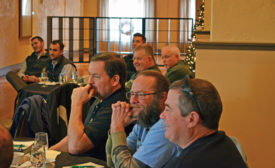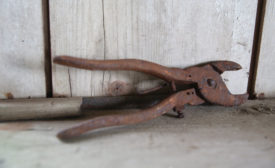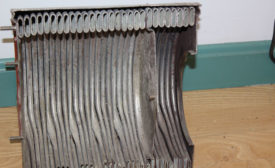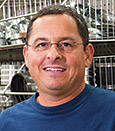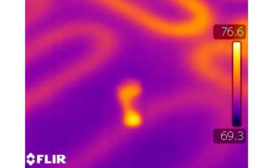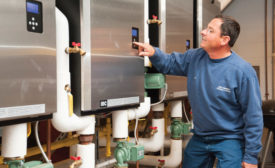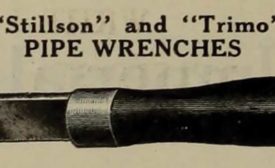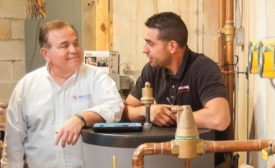Home » hydronics zone
Articles Tagged with ''hydronics zone ''
While one titan retires, two more continue his legacy forward
Read More
Condensing Boiler Heat Exchangers Must Be Cleaned Regularly
A lack of maintenance may lead to carbon monoxide leaks or worse
Read More
Hydronics Zone
Where Are Our Apprenticeships?
The path to a career in the HVACR industry is through hands-on education
Read More
Hydronics Zone: The Evolution of Biomass Boilers
Combining biomass-fueled boilers and modern hydronics to form an efficient system
Read More
Hydronics Zone: Revitalizing the Hydronics Industry’s Aging Workforce
Band together to develop the leaders necessary to carry the mechanical torch well into the future
Read More
Inventor of the Pipe Tong and More
The stories of Daniel Chapman — think of him and smile.
Read More
Mentors are Leaders, Learners, and Life Changers
From a chance meeting to a lifetime of hydronics leadership
Read More
Hydronics Zone: Combining a Water-to-Water Heat Pump With a Mod/Con Boiler
The boiler can be configured to provide supplemental heat when the heat pump can’t keep up
Read More
Copyright ©2024. All Rights Reserved BNP Media.
Design, CMS, Hosting & Web Development :: ePublishing
